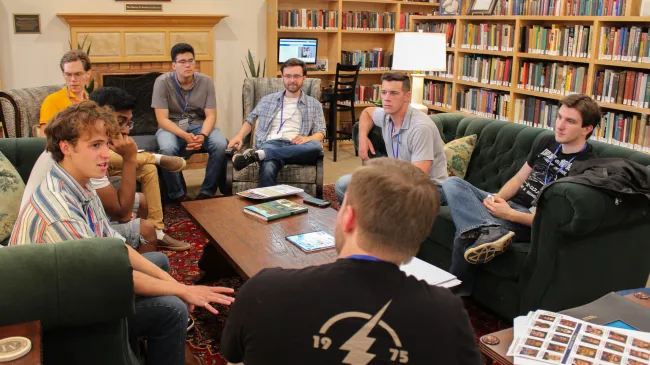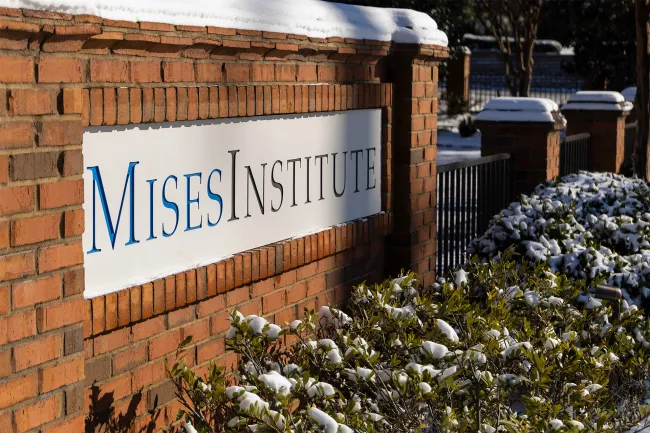

Marx’s Economic Forecasts: Over 150 Years of Failure

Economic Growth and the Stock Market

MMT’s Barely-Hidden Totalitarian Bias

One Wrong Decision and Everything Turns to Dust

Abolitionist Hypocrisies

From Leninism to Social Democracy: A Guide to Socialist Models

Why Are US Drug Prices So High?
Alex Tabarrok joins Bob to break down Trump’s drug price executive order, price controls, and the real economics behind Big Pharma and healthcare innovation.

Resurrection of the Skyscraper Curse?
With the resurrection of Saudi Arabia's Jeddah Tower project set for completion around 2027, could another global economic crisis be imminent?

A History of Political Theory in the West
Political Scientist Joseph Solis-Mullen joins Ryan McMaken to review Ralph Raico's newly published lectures on politics in the West.

Explaining the Quirks in the GDP Report
Bob Murphy digs into the latest GDP numbers, questions Peter St. Onge’s optimistic spin, and shows what the data really says about tariffs, trade, and recession fears.
In May 2025, the Mises Institute will hold its next Mises Book Club, a program that promotes deep reading in Austrian economics.
The Rothbard Graduate Seminar provides an intense study of Misesian and Rothbardian economic analysis, along with the substantive conclusions of that research in related fields.
Virtual Mises University is the online counterpart to the Mises University conference and can be attended by anyone.
Mises University is the world's leading instructional program in the Austrian School of economics.












